|
I just returned from West Texas after checking in on the construction progress of our new 5,000 SF medical office building. Things are moving along smoothly; we're hoping for a June completion, Site walls are close to completion; paving will follow. Storefront frames have just gone in. Brick and stucco will be starting soon. Do you all remember this rendering? It will be pink + orange! I can't wait, I think it will be a real stand out!
0 Comments
Dropping a note on here to share a little development at Thrasher Works. Approached about a series of projects a while back, we took the leap and got licensed to practice architecture in the state of Oklahoma. Still not sure if the projects are going to pan out, but I'm certain something amazing will materialize! Looking to do a project in Oklahoma? Give me a call!
In the meantime, have you read about developers & AO designing the latest skyscraper in Oklahoma City to be 1,907 feet, a homage to the year Oklahoma was admitted into the Union. That height would make it the tallest in the nation. Read about it here. Thirty minutes from Dallas' bustling urban center and it overpowering sprawl, this mixed-use development is recreating the nostalgia of small town Main Street.
Located near the Midlothian core within Hwy 287 Loop, MidTowne is a Sustainable Community with nostalgic Main Street architectural vernacular that addresses the social needs for interaction with a mix of uses, services, convenient dining and shopping, while providing interesting driving and walking opportunities. The physical design addresses street edges, views, and connection with open spaces. The development is known as something of a reimagined Main Street, symbolizing small business and everyday hard-working citizens. The MidTowne residential core continues to grow, as Phases 8, 9 and 10 are currently under construction, providing a variety of cottage-sized to estate-sized homes with historic charm not typically seen in new builds. Thrasher Works is taking on the latest commercial development located at the corner of George Hopper and S. 14th Street. With parking tucked behind the street facades, the two small buildings fill out the corner with retail/office square footage to be inhabited by multiple tenants. Still in the early design phase, we're hopeful this project finds it's way into reality. Welcome to my latest obsession. It started innocently enough: a client wanted me to put together some quick concept floor plans that would illustrate a 3+ unit multifamily building that would fit into a typical single family home footprint. Multifamily Housing at a Neighborhood Scale, if you will. The overarching concept is that each building is owner-occupied with 2-3 income producing units attached. The owner’s unit, a two bedroom/one bath, would be on the ground floor. Adjacent to this unit would be the flex space with multiple options for use: a third bedroom with ensuite, a private office with public entrance, or a separate income efficiency apartment set up with private kitchen and three piece bath. Upstairs would be two, one-bedroom/one-bath units to be rented out. Each home can fit on a standard 50’x150’ lot with auto access from the street for the owner & alley access for the tenants. There is room for an attached garage though I personally prefer it without. Coming in at just over 2,600 square feet, the concept really sparked my imagination, especially with home prices becoming more and more out of reach for many people. If one could own a home that has built-in income, you also create more affordable housing. The idea isn’t exactly new, right? Triplexes and quadplexes set within a single family neighborhood is common place in older neighborhoods, presumably built before modern zoning rules were enacted. Look around the M Streets or Junius Heights in East Dallas and you’ll find examples of neighborhoods that have a mix of these middle density buildings amongst traditional homes. Buildings such as this one, the two-, three- and four-unit buildings, referred to as the ‘missing middle’, are scaled to mimic single family homes in order to seamlessly fit in. Unfortunately, the current Dallas zoning ordinance doesn’t allow for such harmony. Instead, multi-unit buildings are regulated to multifamily districts, often requiring larger square footage per lot and apartment unit, ultimately creating giant apartment complexes at odds with homeowners. Look around North Oak Cliff and you’ll find these monstrous, towering apartment and townhome complexes dwarfing their single family neighbors. Perhaps it’s a bit naive to see these as owner-occupied homes; they don’t necessarily have to be. The ultimate idea is to boost the housing supply. But how cool would it be to approach this as your end game? As my family ages, I will ultimately downsize. I don’t want to live in a shoebox amongst hundreds of others folks in those mammoth apartment complexes. With this concept, I could occupy the ground floor, rent the units out to my children, just starting out, or that friend that is starting over late in life, or anyone for that matter. The ground floor flex space could be my pottery studio, office, or for the occasional short term rental. I could create my own community amongst the neighborhood I’ve grown to love.
DALLAS, TX — October 30, 2023 —Thrasher Works, LLC, a professional architectural practice focused on creative design and adept solutions located in Dallas, Texas, is proud to announce its recent certification as a Women Business Enterprise (WBE) through the North Central Texas Regional Certification Agency (NCTRCA).
The standard of certification through NCTRCA requires a very meticulous process. This involves a thorough in-depth review of the business to include firm formation, operational processes, and business documents. The NCTRCA process is thorough for a reason, as its main goal is to confirm a business is at least 51% owned, operated, controlled, and managed by a woman (or women). Karen Thrasher, Principal Architect and founder of Thrasher Works, LLC emphasizes how women in the architectural field are traditionally underrepresented. Data shows that today almost half of the students in architectural programs in the US are women, a progressive increase since the 1970s. However, the number of women that become registered architects, achieve upper management levels, become partners and own architectural firms has not increased at the same rate or in the same proportion as their male architectural counterparts. Currently only 17 percent of registered architects are women. About Thrasher Works Thrasher Works, LLC formed in 2016, maintains a diversified practice offering comprehensive services in architectural design, planning and consulting to commercial & residential clients across Texas. Devoted to small to medium-scale projects, their proficiency lies in providing commitment to quality design, creative problem solving and quick responses. Thrasher often teams up with other design professionals to deliver complex institutional and healthcare projects. To learn more, visit our Web Page at www.thrasherworks.com. You can download a copy of our WBE certification below. Searching for a new home for their congregation, my client sent me the address of a building in Richardson. Built in 1976, the building hasn't been touched in over 40 years, which can be good and bad. Built as a martial arts studio, the layout is simple and functional while the woodwork throughout is impressive, the kind rarely seen in similar-type buildings today.
Here's a peek at one of the design ideas we are working on for the exterior. It's a balancing act to present practical solutions that meet the client's goals: sanctuary space that can grow with their congregation, updated building systems, and an updated, modern exterior. And did I mention creating a welcoming and inspiring space to worship? I'm to excited to see how this develops! We're excited to see our latest healthcare project break ground out west. Construction started in July on this 5,000 square foot medical center. Located in central El Paso, the medical office is designed to accommodate a family medical practice with additional administrative office space. Construction is expected to last twelve months. See more of the design here.
Not long ago, a client approached me about developing a commercial building on a lot in Frisco. It had some tricky zoning which required a manner of density and building systems that my client ultimately did not have the budget for. Hence, the project never went forward. Too bad really, small live/work buildings have emerged as a valuable asset to the urban core, reshaping the way we perceive urban living and working. These versatile structures blend residential and commercial spaces within a compact footprint, offering a range of benefits to both occupants and the surrounding community. Small live/work buildings contribute to the vibrancy, efficiency, and sustainability of the urban core, fostering a thriving ecosystem of creativity, entrepreneurship, and community engagement. PROMOTING ECONOMIC VITALITY: Small live/work buildings play a pivotal role in driving economic vitality within the urban core. By integrating residential and commercial spaces, they provide a conducive environment for entrepreneurs, artists, and small business owners to live and work under one roof. This co-location eliminates the need for a separate office or studio, reducing costs and enhancing productivity. The close proximity of living and working spaces fosters a stronger work-life balance, enabling individuals to pursue their passions while minimizing commuting time and expenses. FOSTERING CREATIVITY AND INNOVATION: The compact nature of small live/work buildings creates an environment that promotes collaboration, interaction, and the exchange of ideas. The presence of diverse professionals, such as artists, designers, and tech entrepreneurs, within a shared space cultivates a rich and dynamic ecosystem of creativity and innovation. Informal networking, impromptu collaborations, and interdisciplinary problem-solving thrive in such environments, often leading to the birth of novel ideas and projects. This creative energy spills over into the broader urban core, contributing to a vibrant and culturally rich community. ENHANCING URBAN DENSITY & SUSTAINABILITY: Small live/work buildings offer a sustainable solution to urban density challenges by efficiently utilizing limited space within the urban core. These buildings maximize land use by vertically integrating residential and commercial functions, minimizing the need for sprawling developments. By concentrating living and working spaces in close proximity, small live/work buildings reduce the carbon footprint associated with commuting, as residents can walk or use alternative modes of transportation to reach their workplaces. This compact and sustainable living model contributes to the overall environmental resilience and resource efficiency of the urban core. REVITALIZING NEIGHBORHOODS & COMMUNITY ENGAGEMENT: Small live/work buildings have the potential to revitalize underutilized or neglected areas within the urban core. By attracting creative professionals, entrepreneurs, and artists, these buildings inject vitality, diversity, and economic activity into previously overlooked neighborhoods. As residents actively engage with the local community, they contribute to the development of local businesses, cultural initiatives, and social connections. The result is a sense of place, identity, and community pride, transforming the urban core into a thriving, inclusive, and livable neighborhood. Small live/work buildings have emerged as a valuable asset to the urban core, enhancing its vitality, creativity, sustainability, and community engagement. By seamlessly integrating living and working spaces, these buildings promote economic activity, nurture innovation, optimize land use, and contribute to the revitalization of neighborhoods. As cities continue to evolve and adapt to the changing needs of their inhabitants, embracing the potential of small live/work buildings can unlock new opportunities and reimagine the urban landscape as a more interconnected and prosperous space.
This is a project that has been on the boards for a while. It is to be a pool house that gives my client's expanding family the space they need to spread out. It is designed to have two bedrooms, a living space for TV and gaming as well as a small kitchenette. I've situated the 3-piece bath to be accessible from both inside and out. Plus there is an outdoor shower & storage rooms for all your blow-up-unicorn floaty. Unfortunately, the project has languished as the pool is worked out. Oh, to have that problem! As the temperatures in Dallas begin to reach into the 90s, I wish I had my own pool to cool down. The Casita is just over 700 square feet which is fairly large for a backyard guest house. The size and function has raised some flags as we sort through the City of Dallas' requirements & restriction for accessory dwelling units (ADU). In 2018, the City of Dallas created two paths by which a homeowner can legally rent out small apartments, or granny flats. Since then, there remains some confusion of what is allowed. The explosion of short term rentals in North Texas & the strife they have stirred up has not made the water any clearer. But lets take a look at what the ordinance actually says. Here is a good article that explains it all. Basically, the new ordinance enables a homeowner to seek approval to rent a secondary dwelling. It doesn't enable construction per se. A quick summary of those items directly related to the form and construction limits of the ADU:
I love these tiny homes & would like to design more! I'd like to do one that has a more open living space with less need for a private/separate bedrooms. Maybe with a more sleek, modern look. We still have our shipping container in the back yard. We have been rethinking the design purpose for a while; a small little apartment would be cool. What do you think?
Here's is a peek at a project that is currently on the boards. For this exercise, we concentrated on utilizing triplex homes to provide an affordable alternative to the single family home, otherwise known as the missing middle. The concept of missing middle housing types revolves around the need to bridge the gap between single-family homes and high-density apartment buildings. In neighborhoods that predominantly consist of detached houses, incorporating duplex and triplex homes can offer a valuable solution. These housing types provide a middle ground by offering multiple units within a single building while maintaining a sense of individuality and scale that aligns with the character of a neighborhood. Duplexes and triplexes can be designed to blend seamlessly with existing homes, ensuring architectural coherence. By introducing such housing options, neighborhoods can accommodate a greater diversity of residents, including families, young professionals, and older adults, fostering a sense of community and promoting socio-economic integration. Here's a great resource by CNU to learn more.
 |
Archives
March 2024
Categories
All
|

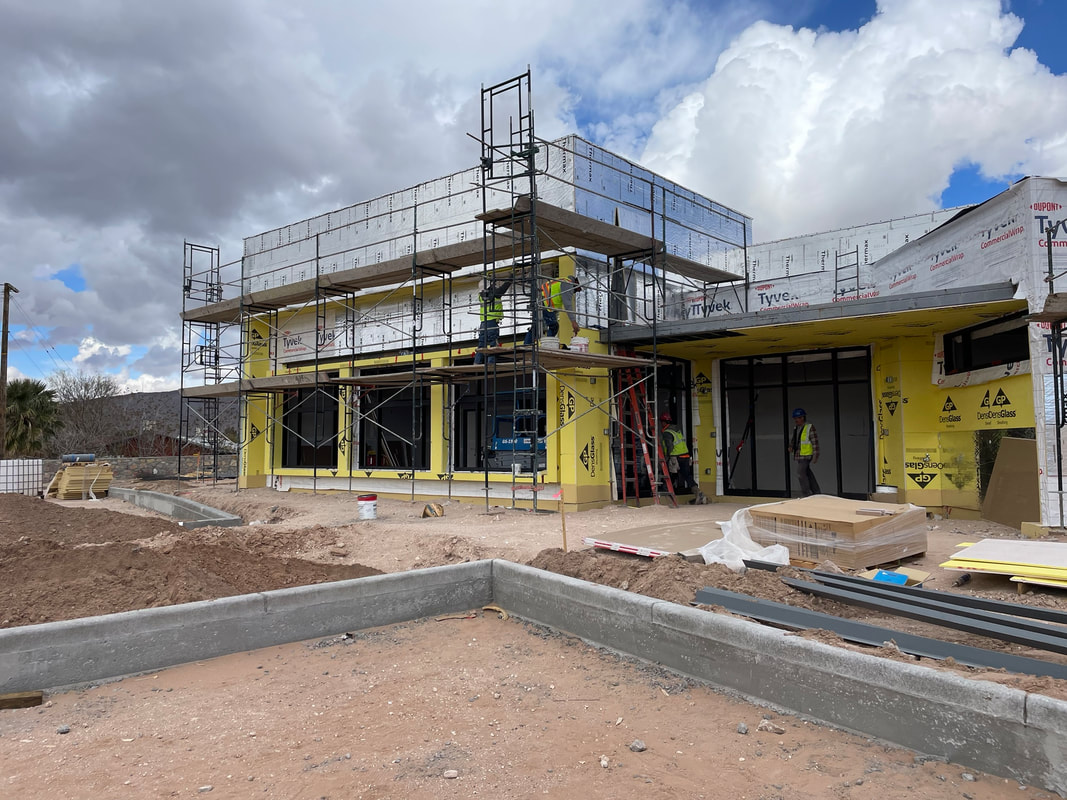
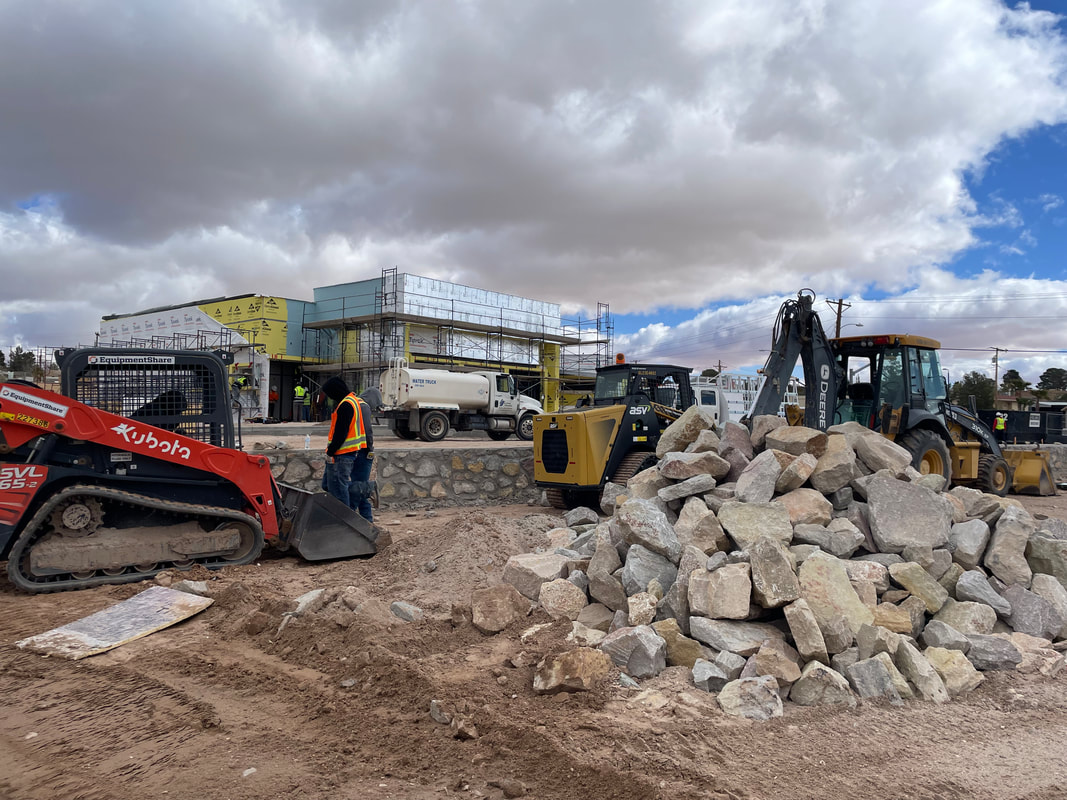
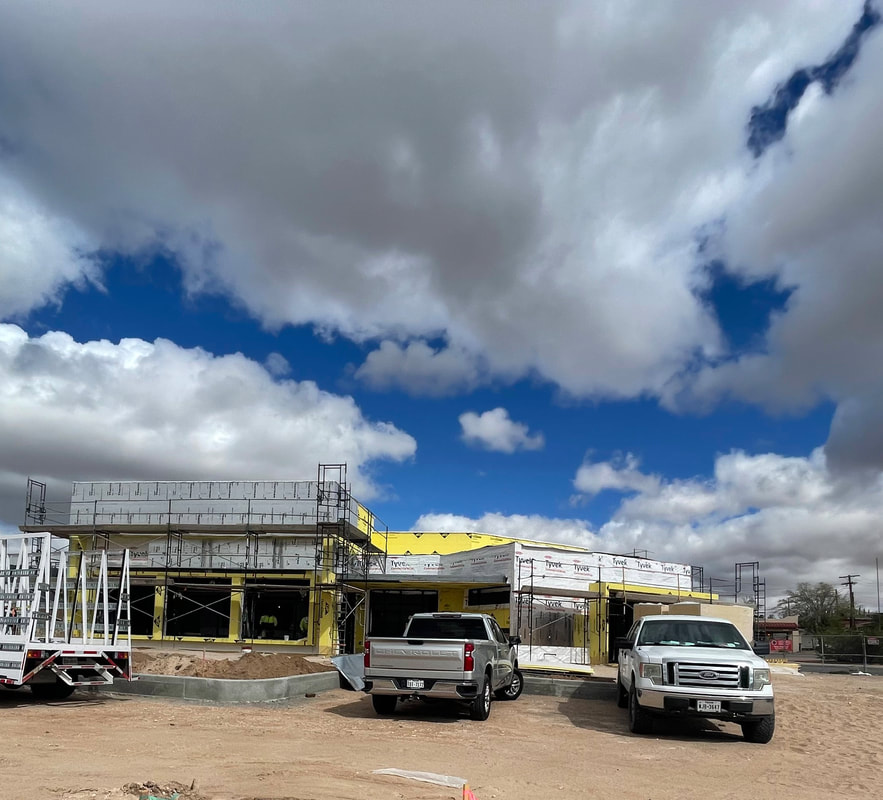

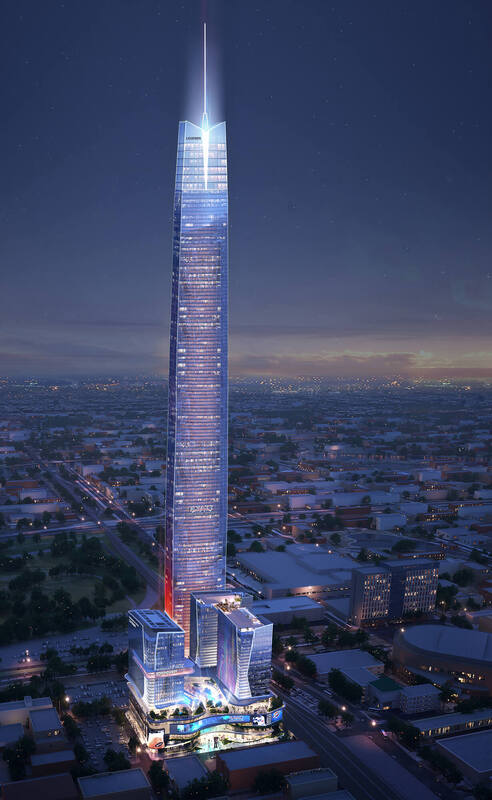
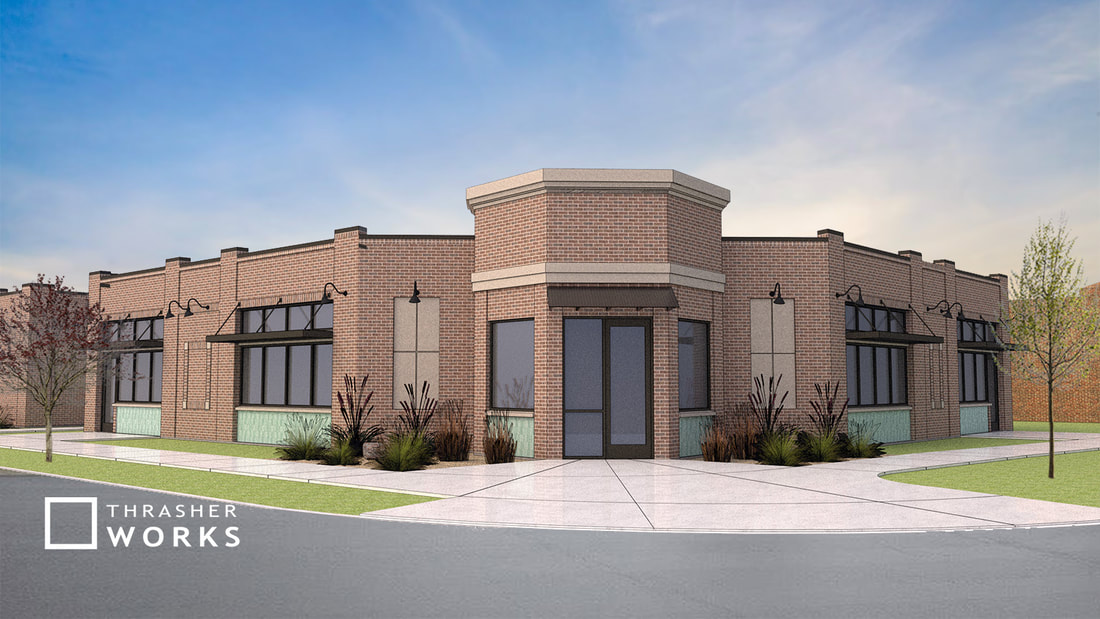
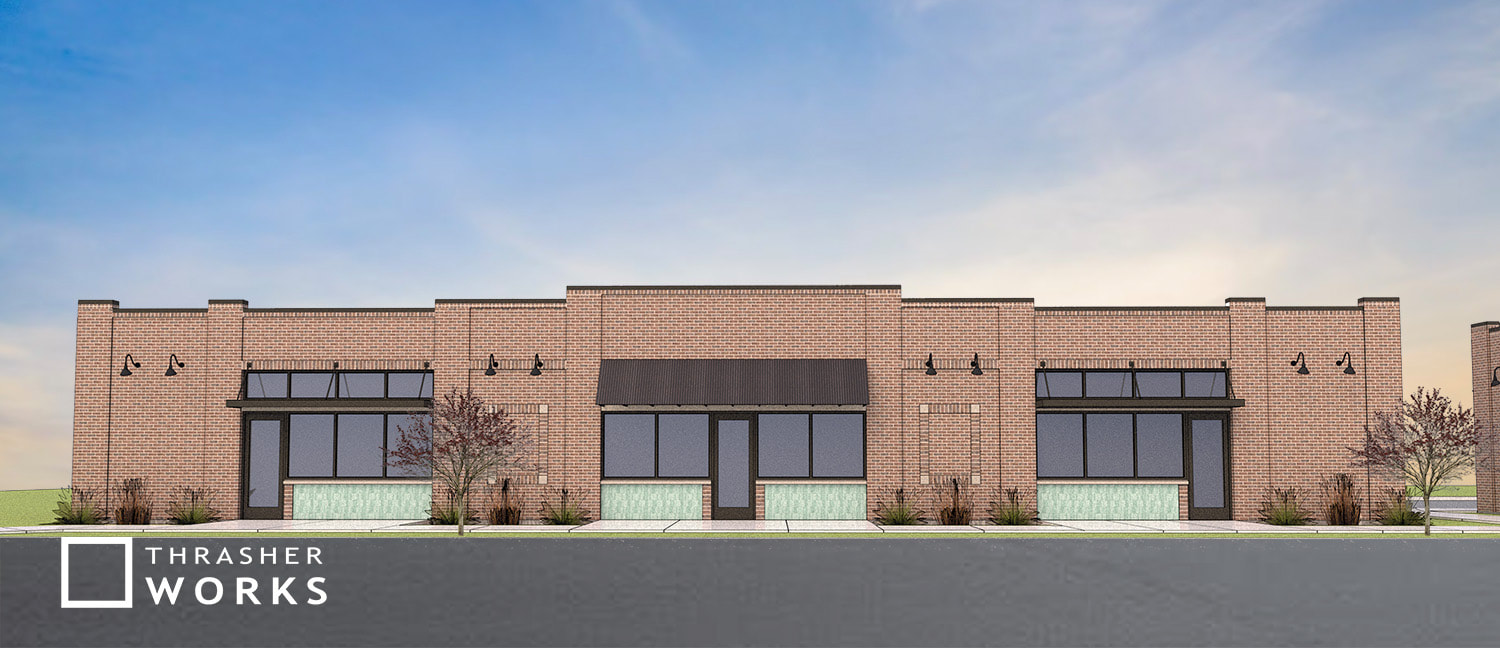
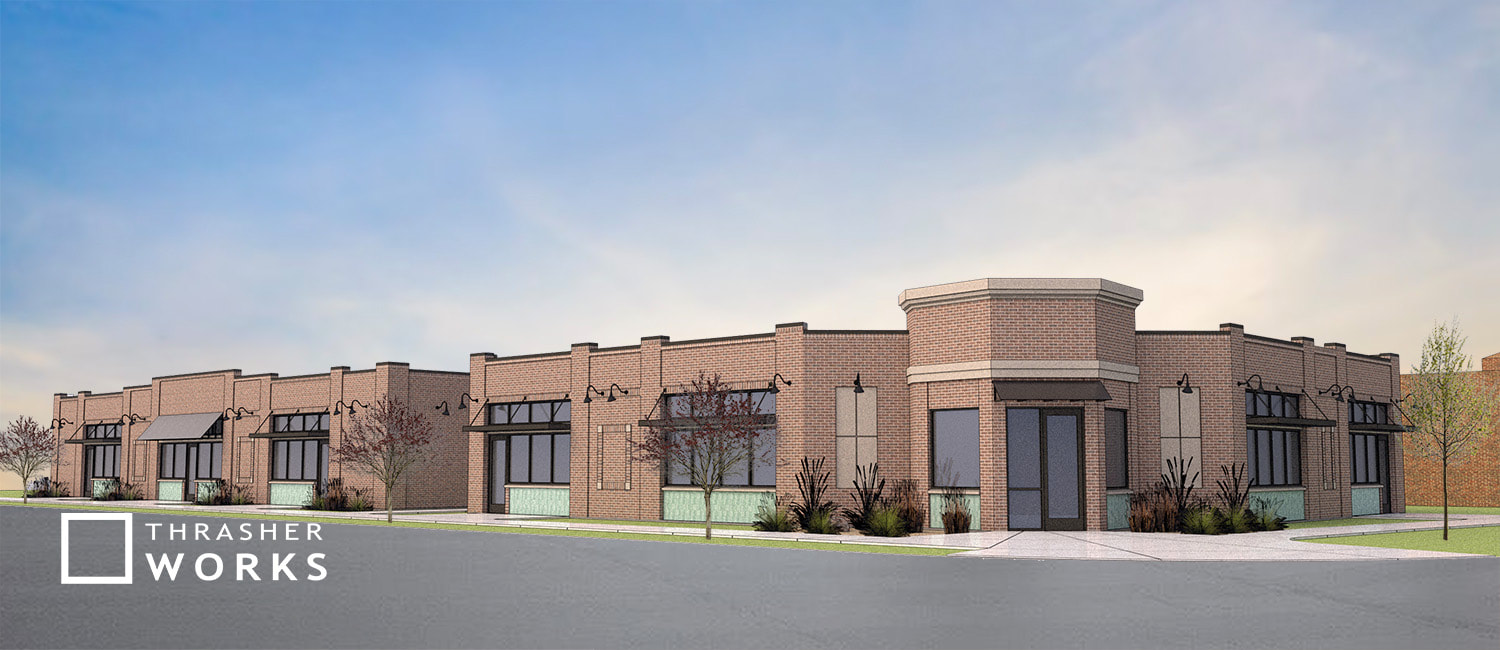
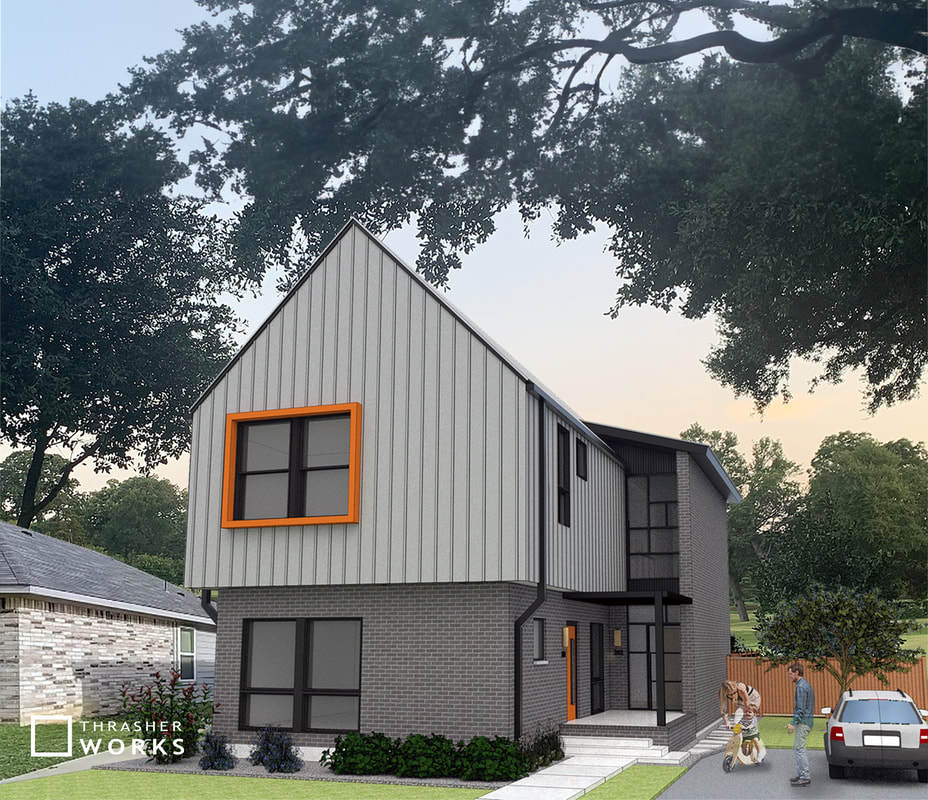
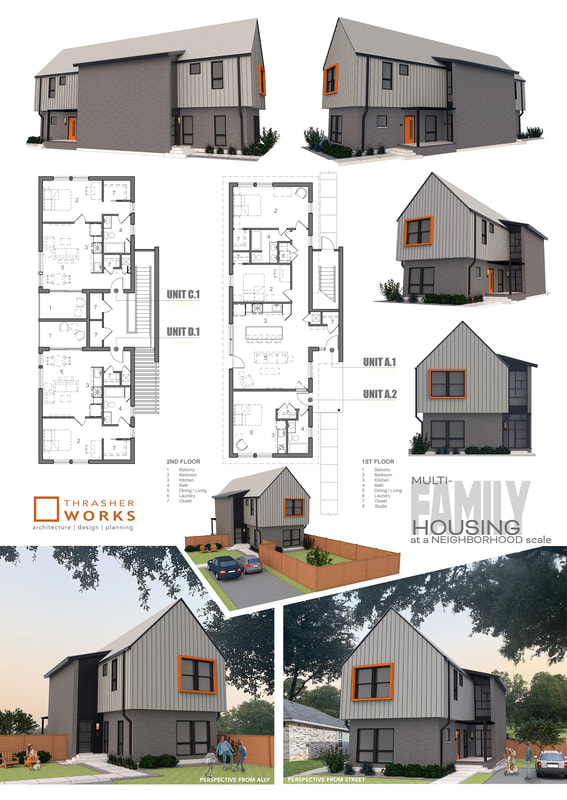
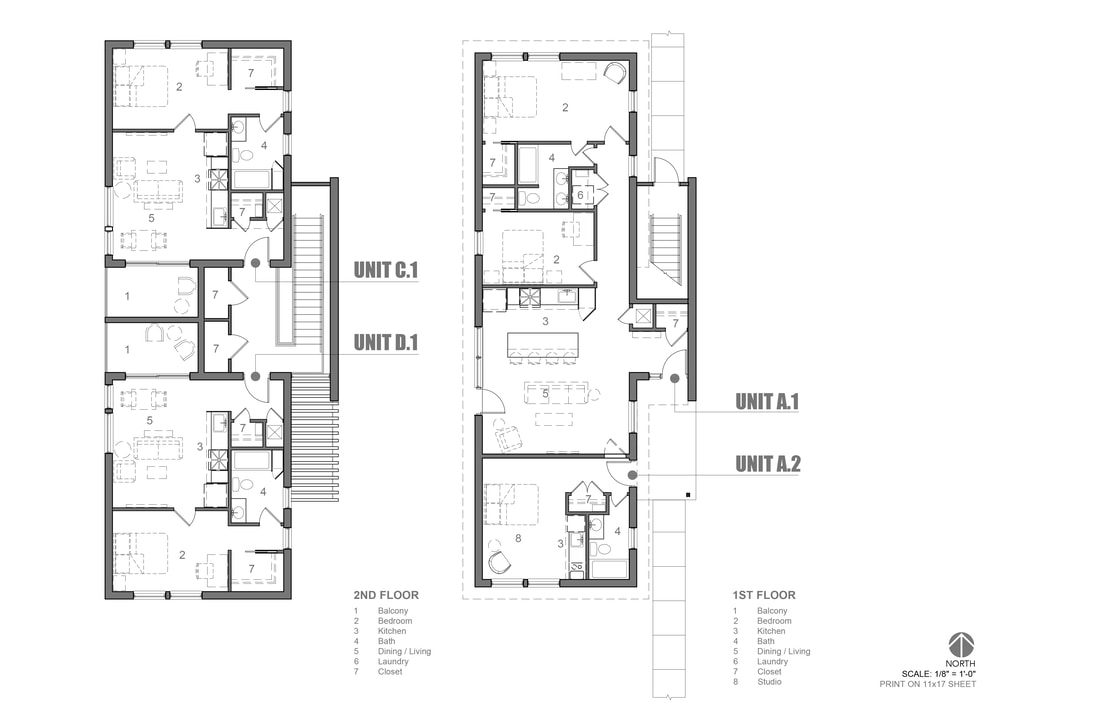
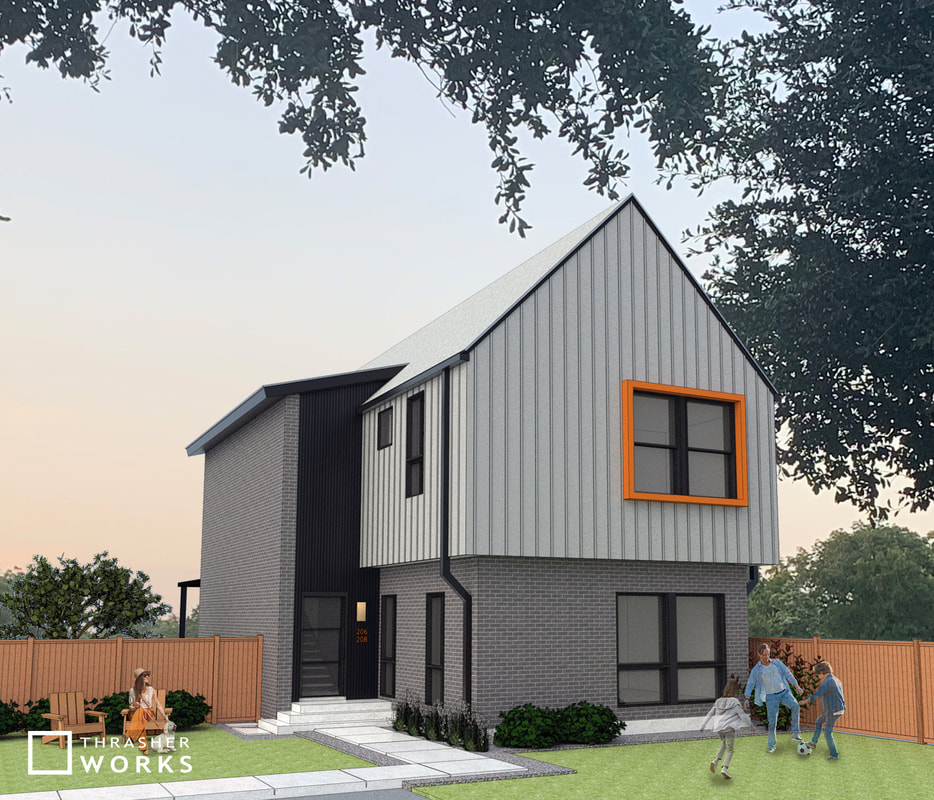
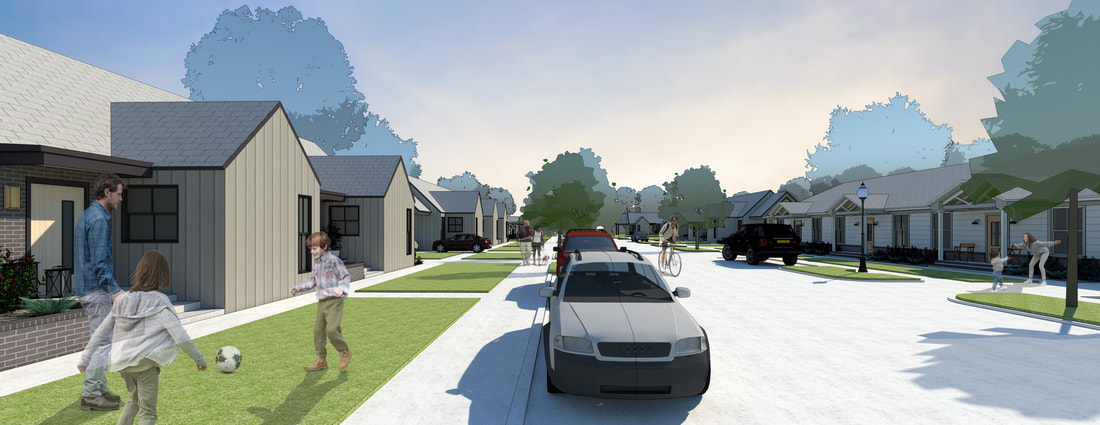
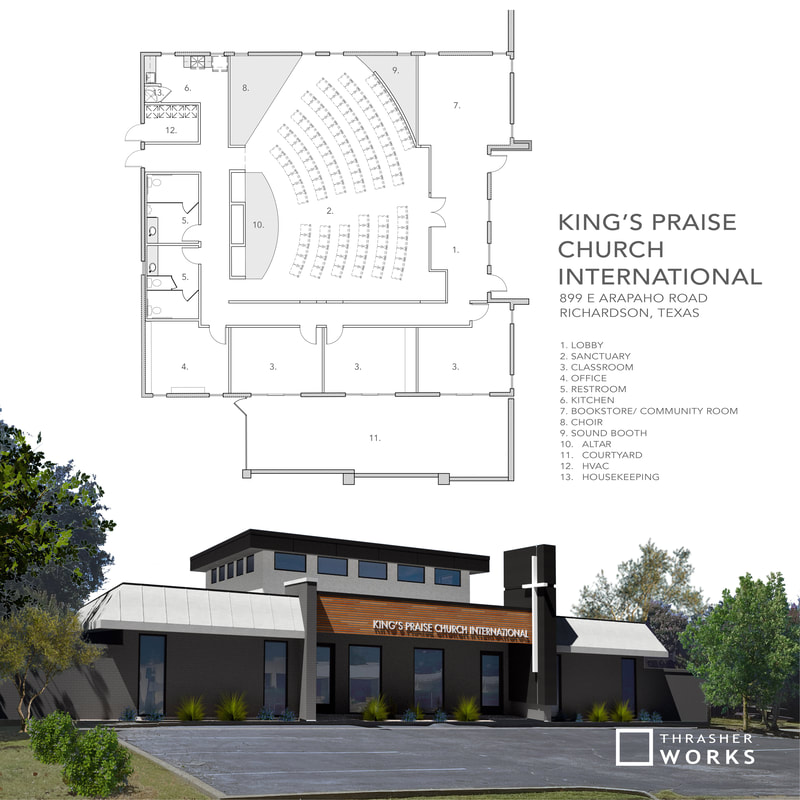
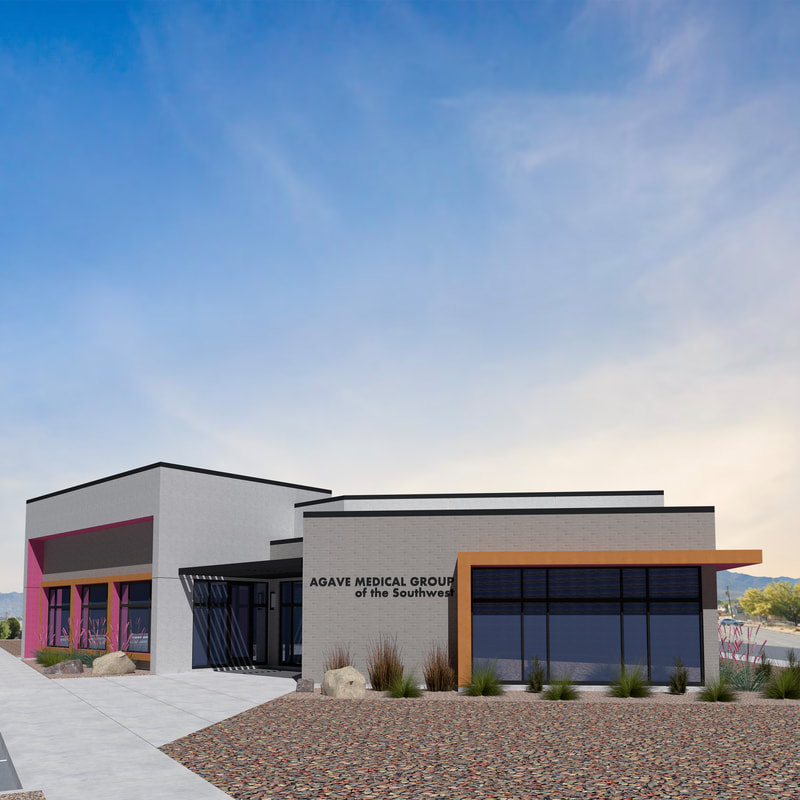
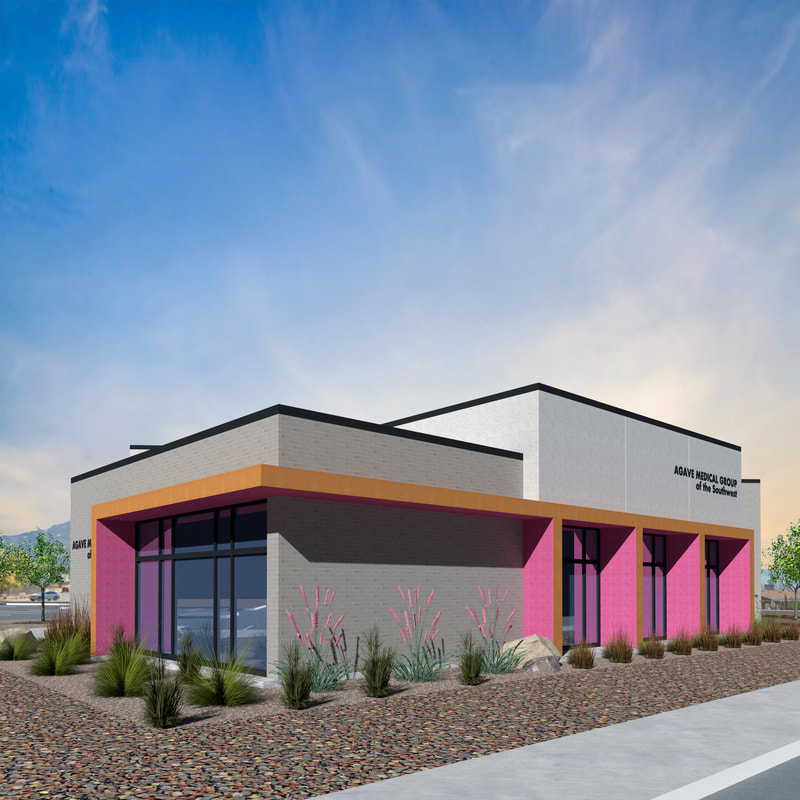

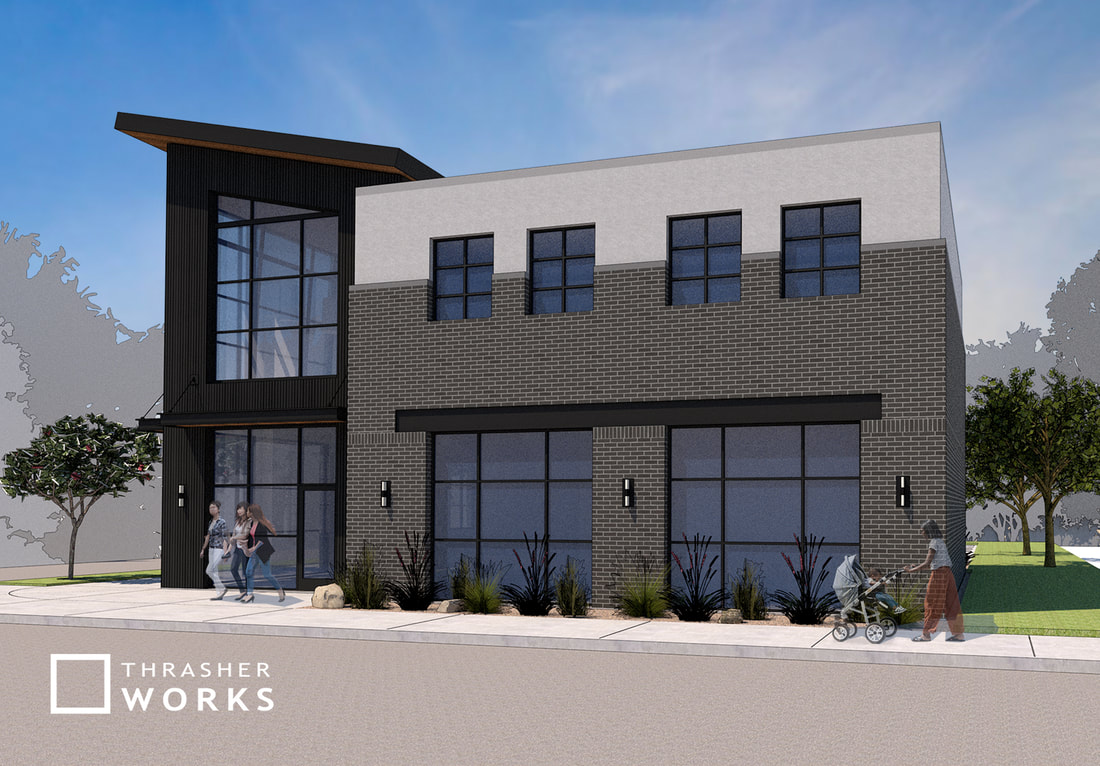
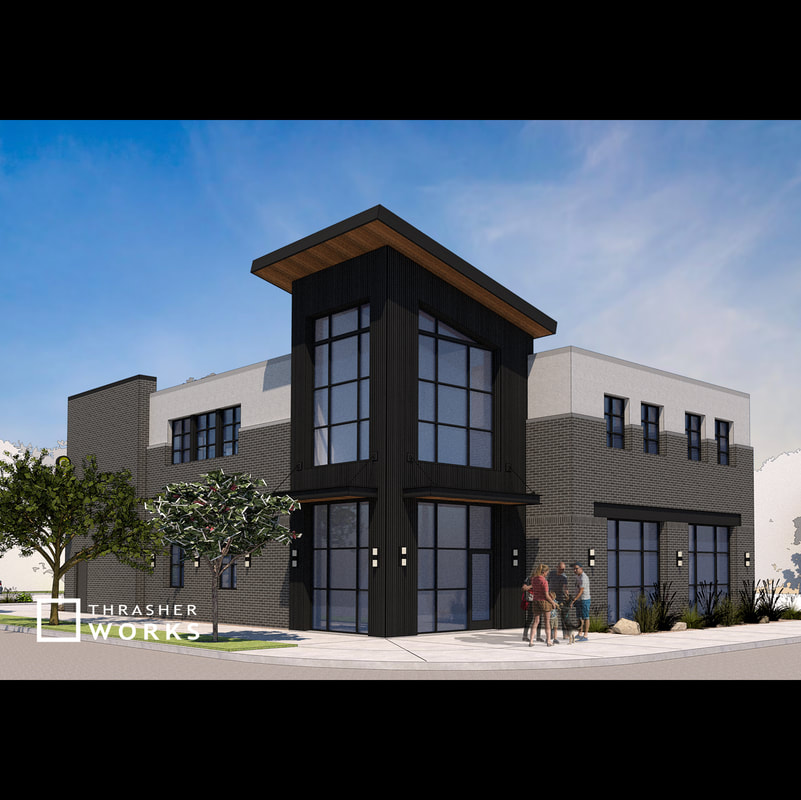
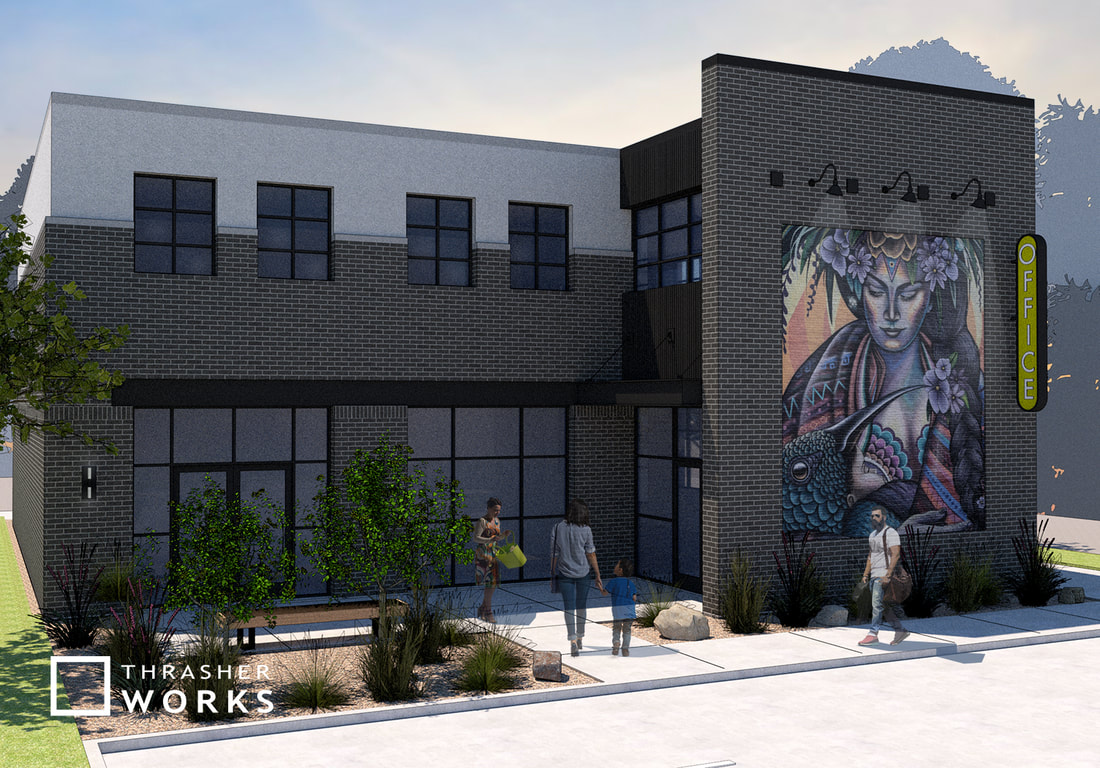
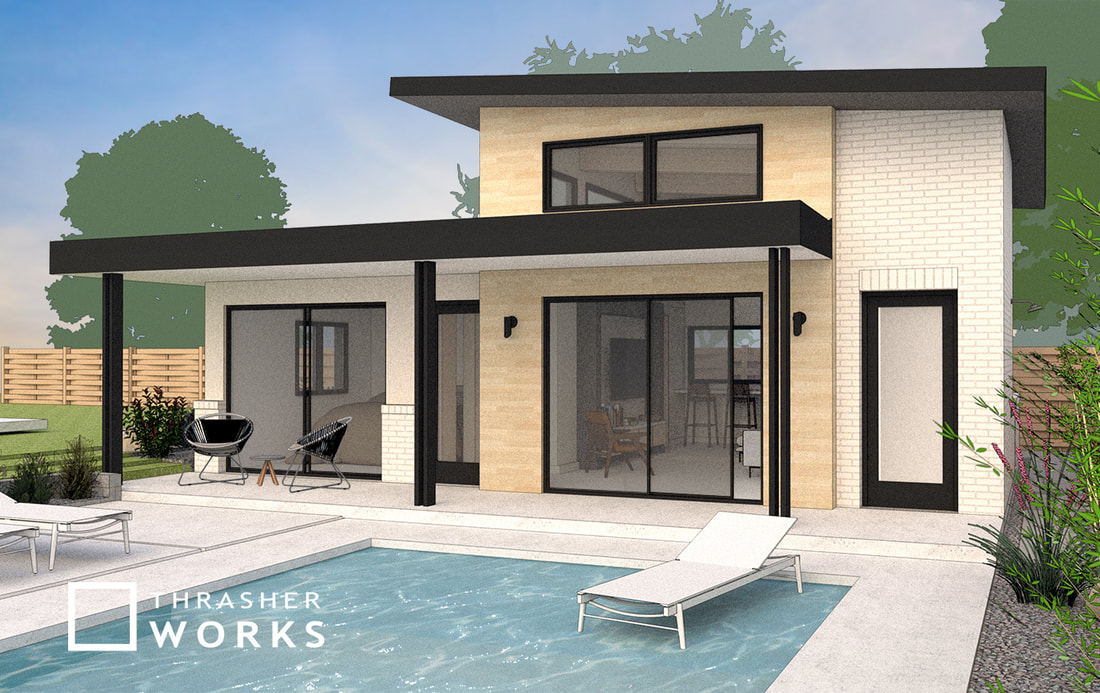
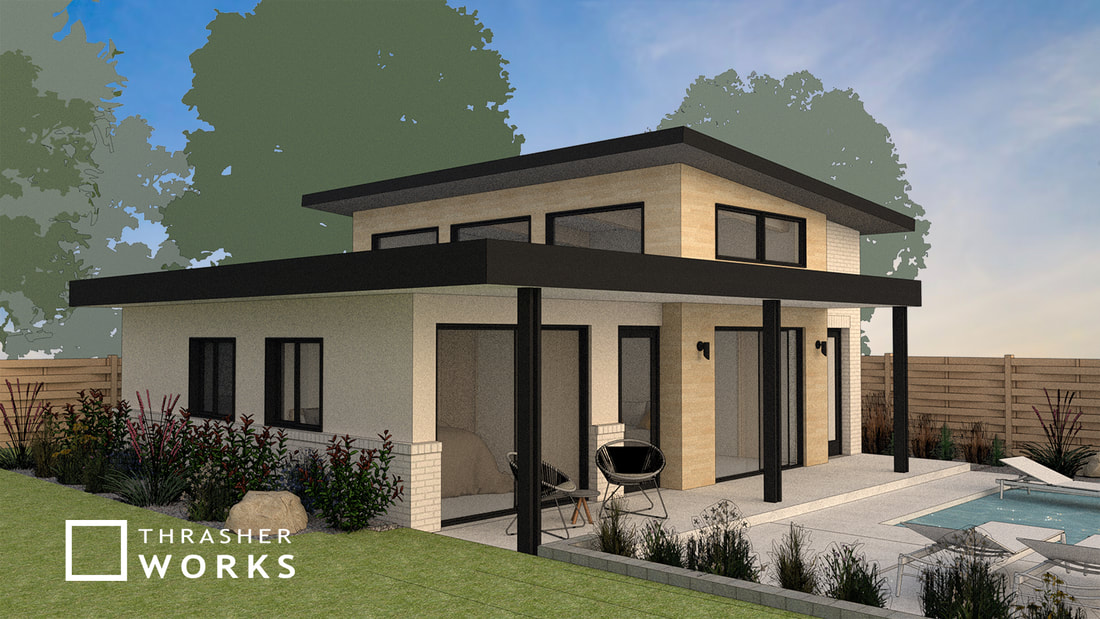

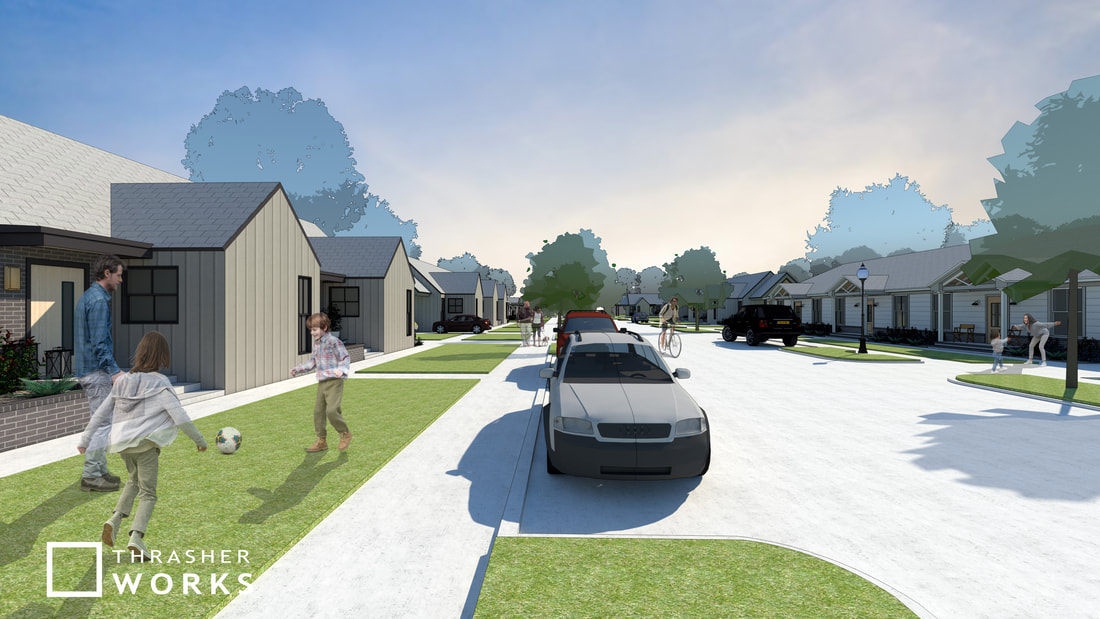

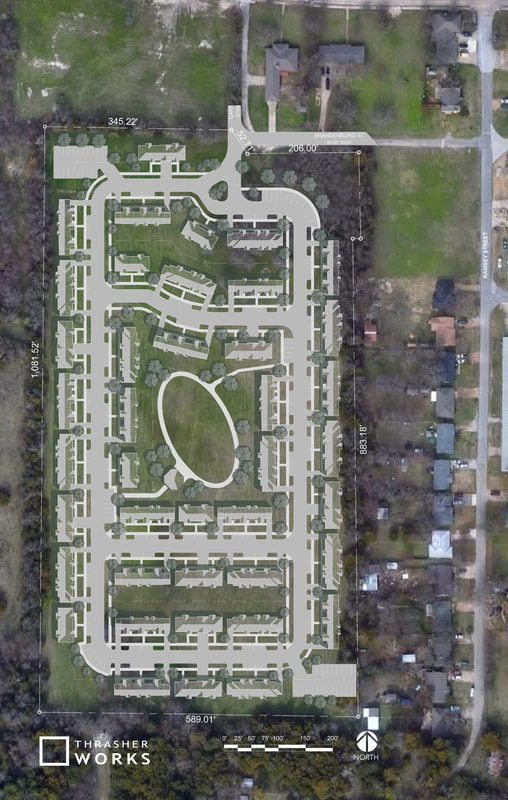
 RSS Feed
RSS Feed
